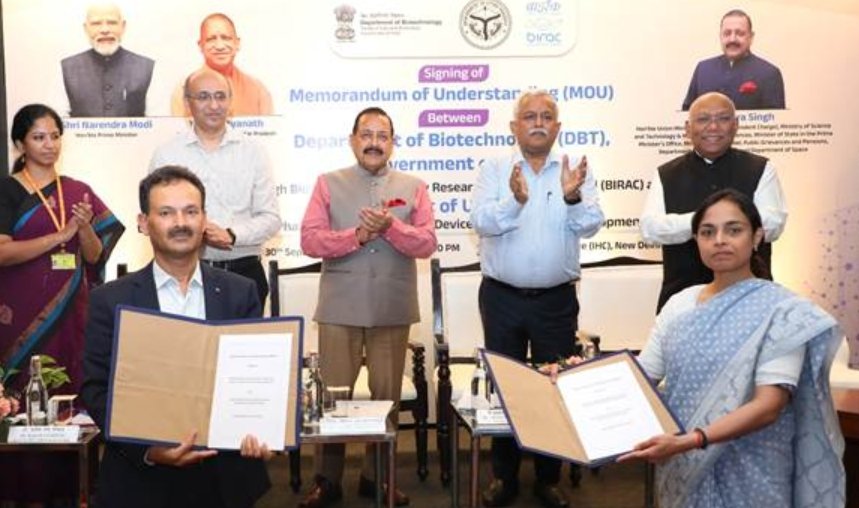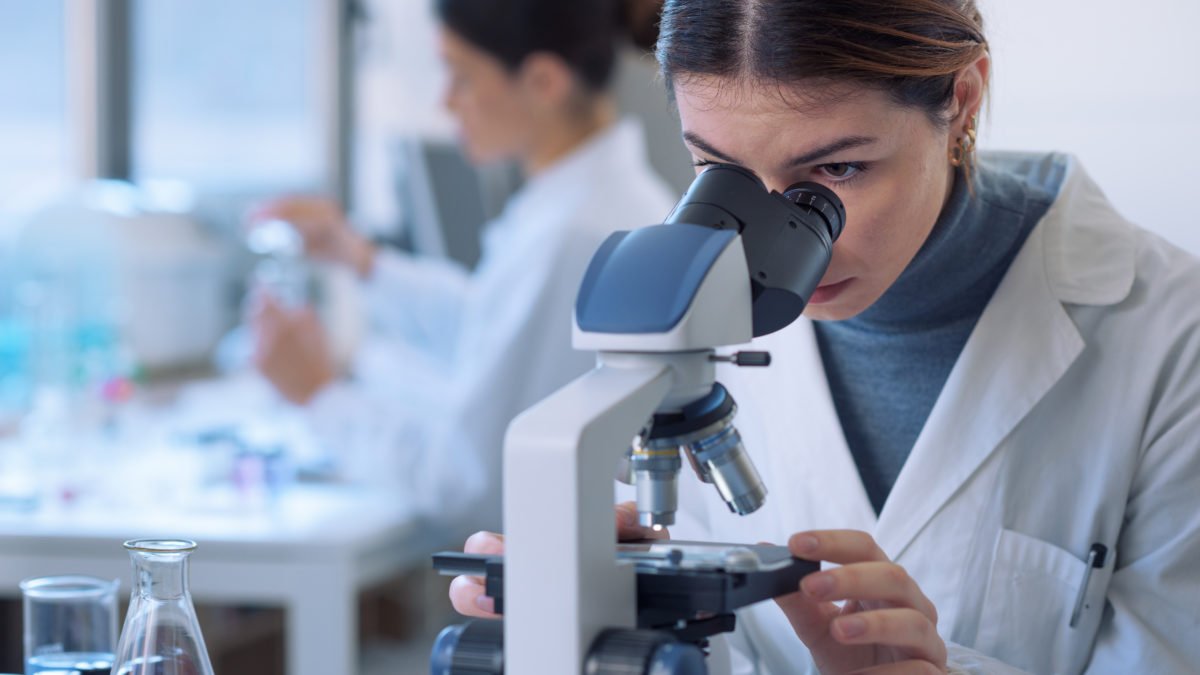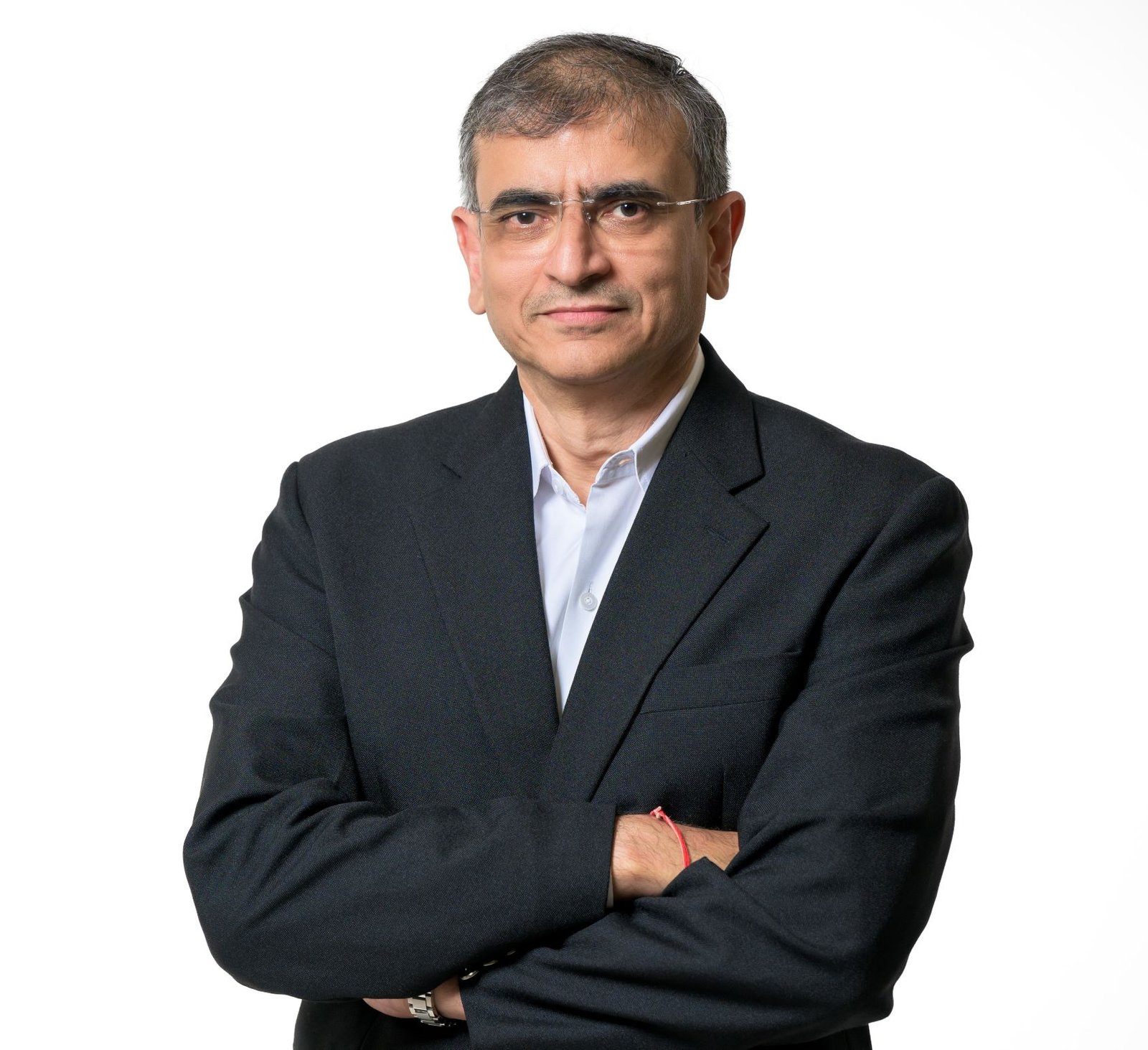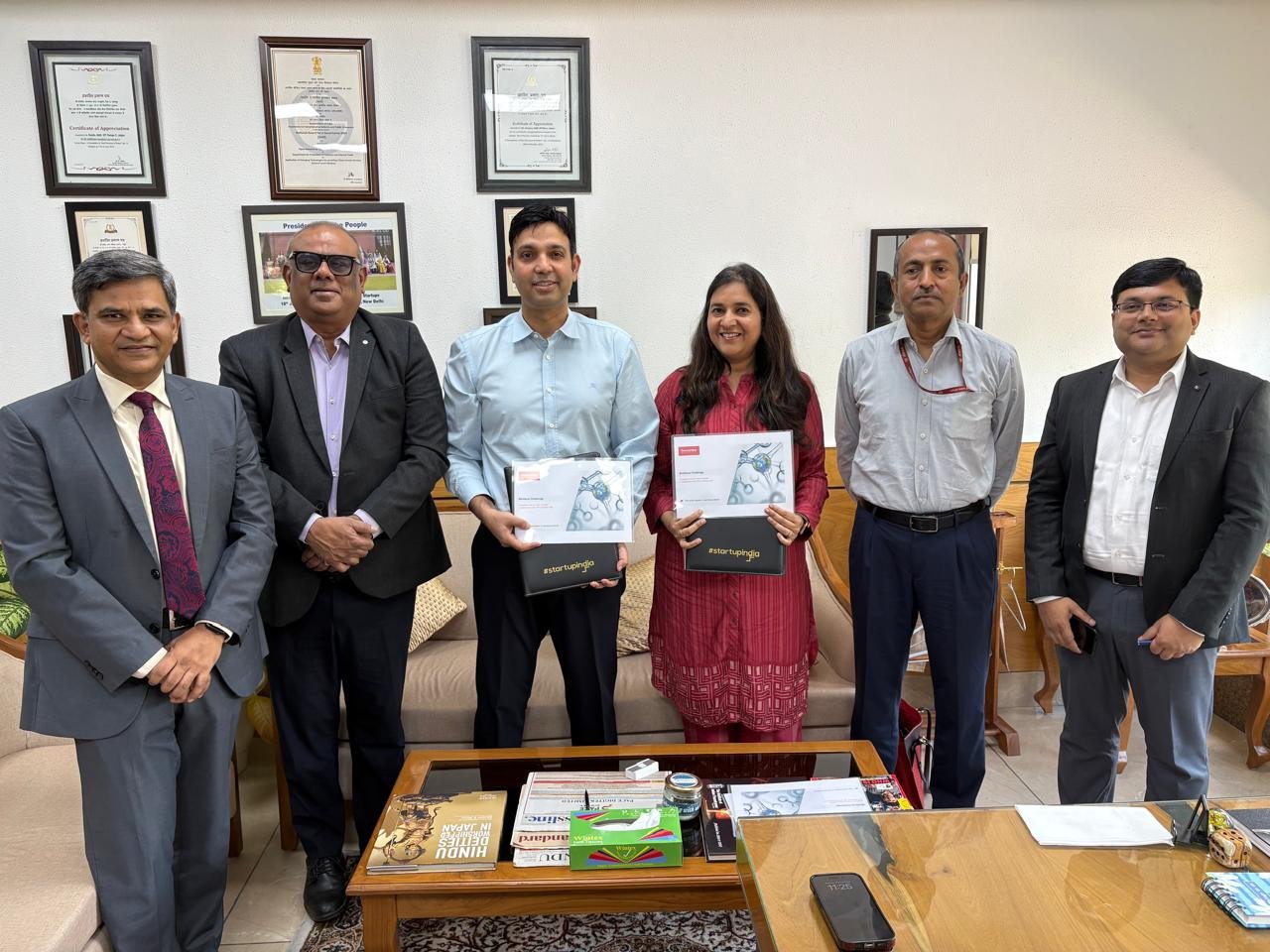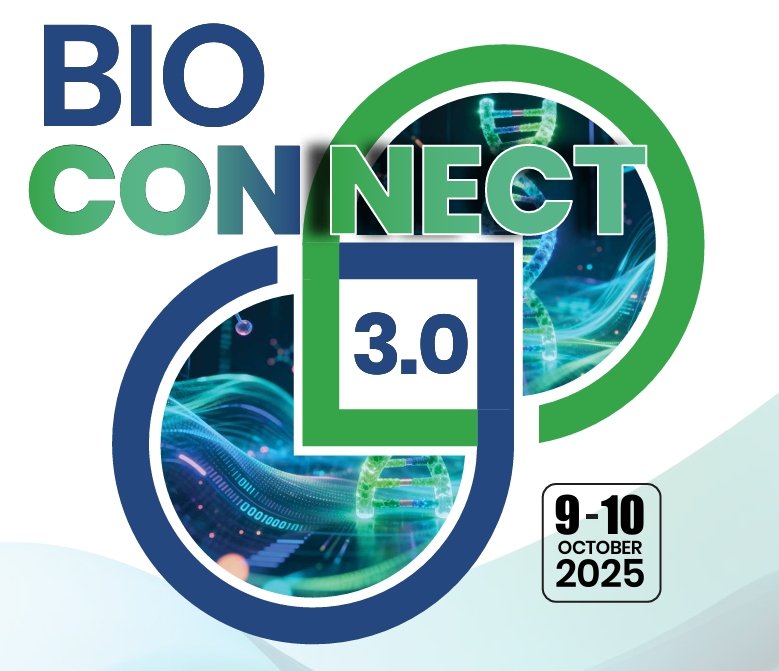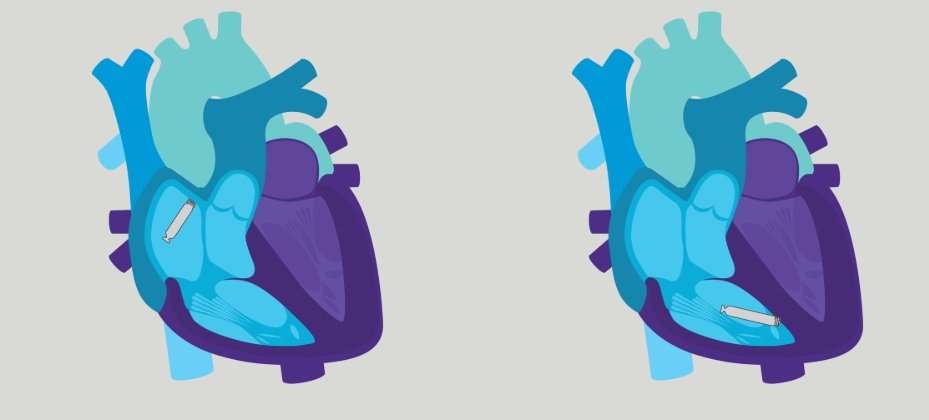"Biosimilars boosts the growth of pharma industry"
January 04, 2011 | Tuesday | News
Mr Satish Reddy, managing director & COO,
Dr Reddy’s Laboratories, India

Dr Reddy’s Laboratories,
Hyderabad (India) touched revenues of $1.56 billion in 2009; and set a
target of $3 billion by 2013. Ever since the target was set, the
company has been engaged in executing strategies, making alliances with
global giants like GSK, launching new products in the market, and
reaching out to the set market. Revealing the growing potential, the
company has recently launched zafirlukast tablets, a bioequivalent
generic version of accolate, in the US market; and has also bought
GSK’s oral penicillin manufacturing facility in Tennessee, US. All the
activities are being streamlined to touch the set revenue scale; and to
emerge among the top five companies in US.
In an interview with BioSpectrum, Mr Satish Reddy, managing director
& COO, Dr Reddy’s Laboratories, during his visit to Singapore,
shares his plans and thoughts about the industry and changes required
to excel.
Q What are your
strategies to double your revenue by 2013?
Mr Reddy: In 2009, we touched revenues of $1.56 billion, and the next
goal ahead of us is to reach to the $3 billion mark, by FY13. While we
aim to double our revenue targets in the next three years; there are
factors that would accelerate this growth. On one side, we have the US
market that has an immense potential in the year to come. For instance,
in the next three years, many products would go off-patent, and this
opens up opportunities to develop the generic equivalent. Secondly, we
have shifted our focus more towards emerging markets that have untapped
potential, as compared to the developed markets. In market
capitalization, we have already created our presence in India, Russia
and Venezuela. In the next couple of years, the focus would continue on
India and Russia, since there are expectations of double-digit growth;
and we are growing fast in these regions. Thirdly, we will continue to
launch new range of products in the market, to reach out to a broad
group of buyers.
We are focusing on complex manufacturing products; and there are
already some products in the pipeline. In the years to come, these
complex products are sure to create a big market share in the industry.
In 2011, we will launch 15 new products in US; 50 in India; and seven
or eight in Russia.
Q Could you tell us about your approach to biosimilars?
Do you consider it a key profit accelerator?
Mr Reddy: Biosimilars is a promising area, and is sure to yield success
for the industry. We have many initiatives in this regard; and have
several biosimilars in the market. Biosimilars hold significant
importance for Dr Reddy’s achievement plans. We have already launched
Grafeel (biosimilar filgrastim) and Reditux (biosimilar rituximab) in
India; and the value that we create out of biosimilars is very
significant. The third biosimilar product that we have launched, Cresp
is the first generic darbepoetin alfa drug in the world, for treatment
of anemia due to chronic kidney diseases. We are the world’s first
biosimilar manufacturer of these products. This gives us an edge in the
industry; and the capacity to build on it, introducing more products in
targeted countries. Some of our products will be launched in the US as
well.
Q After your GSK collaboration, what are your new
milestones?
Mr Reddy: Post our relationship with GSK, we have a presence in almost
40 different countries in Africa, the Middle East, Asia Pacific and
Latin America. We decided to get close to different markets; and there
are many countries where we need to make a presence. With GSK’s
strategy to reach the emerging market, we are demonstrating things that
we are good at, like manufacturing; and GSK has a strong sales and
marketing presence. Therefore, it is a good combination and a
revenue-sharing relationship.
Q What are your strategies for strengthening the
manufacturing base across the globe? Does a local manufacturing unit
help in acquiring a particular market?
Mr Reddy: Over the last few years, we have been setting up
manufacturing plants, and are interested in Special Economic Zones. Our
manufacturing units are based mostly in India.
We have similar bases in Mexico and UK as well; and are planning to set
up one in Russia, in the future. I don’t believe that having a
manufacturing base in a foreign land always helps in making customized
products. For instance, the Russian market is based on 75 percent
exports; and the local production is very less, hence, it does not make
a business sense to set up manufacturing units in our target zones.
Q Could you share some of the latest changes that Dr
Reddy’s has implemented in its R&D model?
Mr Reddy: For the drug discovery process, we had two outfits. One is
done through a 100 percent subsidiary, as we have collaborative
programs through innovative councils; and second, is our own discovery
programs. Now, drug discovery is part of our business; and we have
restructured our R&D department. We have combined the drug
discovery unit with the business model that will help in creating
revenues from innovations. We are also taking steps toward
differentiated formulations and new drug delivery techniques.
Q How do you see India positioned in the game of drug
discovery? Will India be a top destination for new drugs?
Mr Reddy: Drug discovery is a long term game. The stretch between
discoveries and manufacturing takes a long time; and if one fails at a
later stage, it can suspend the whole process. It is a long frustrating
game, and unless one reaches the final stage of approval, there is no
value chain. Though it is a long process with high involvement of risk
and cost, the rewards are also very high. India is a young destination
for drug discovery. Biotechnology developments in India have been
taking place for the last 15 years; whereas in the US, for about 100
years. However, soon India will also develop products of its own.
Pharmaceutical companies in the US have sufficient investment and
funding opportunities; whereas India, unfortunately, has limited
funding options.
Amrita Tejasvi in Singapore


 Dr Reddy’s Laboratories,
Hyderabad (India) touched revenues of $1.56 billion in 2009; and set a
target of $3 billion by 2013. Ever since the target was set, the
company has been engaged in executing strategies, making alliances with
global giants like GSK, launching new products in the market, and
reaching out to the set market. Revealing the growing potential, the
company has recently launched zafirlukast tablets, a bioequivalent
generic version of accolate, in the US market; and has also bought
GSK’s oral penicillin manufacturing facility in Tennessee, US. All the
activities are being streamlined to touch the set revenue scale; and to
emerge among the top five companies in US.
Dr Reddy’s Laboratories,
Hyderabad (India) touched revenues of $1.56 billion in 2009; and set a
target of $3 billion by 2013. Ever since the target was set, the
company has been engaged in executing strategies, making alliances with
global giants like GSK, launching new products in the market, and
reaching out to the set market. Revealing the growing potential, the
company has recently launched zafirlukast tablets, a bioequivalent
generic version of accolate, in the US market; and has also bought
GSK’s oral penicillin manufacturing facility in Tennessee, US. All the
activities are being streamlined to touch the set revenue scale; and to
emerge among the top five companies in US. 